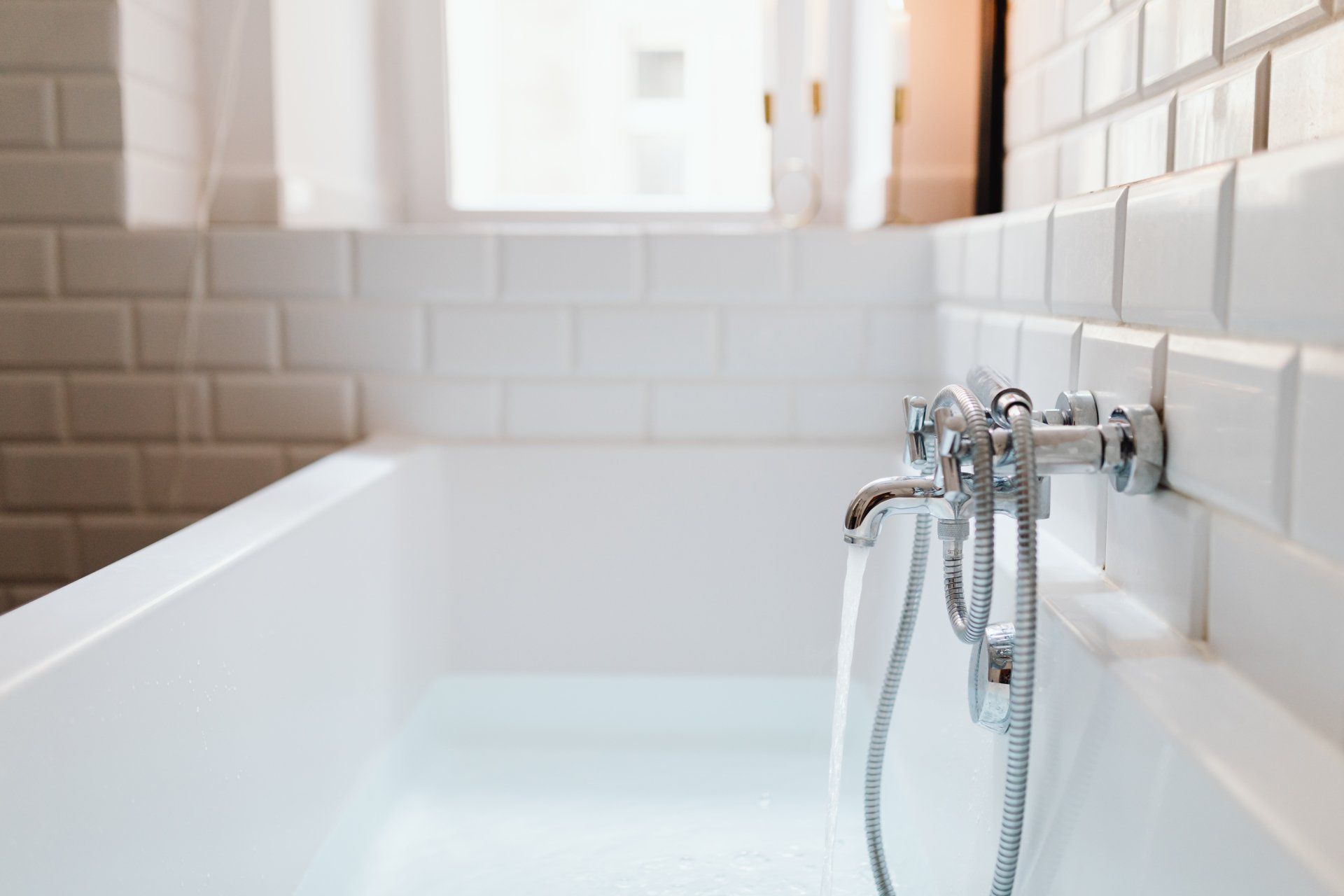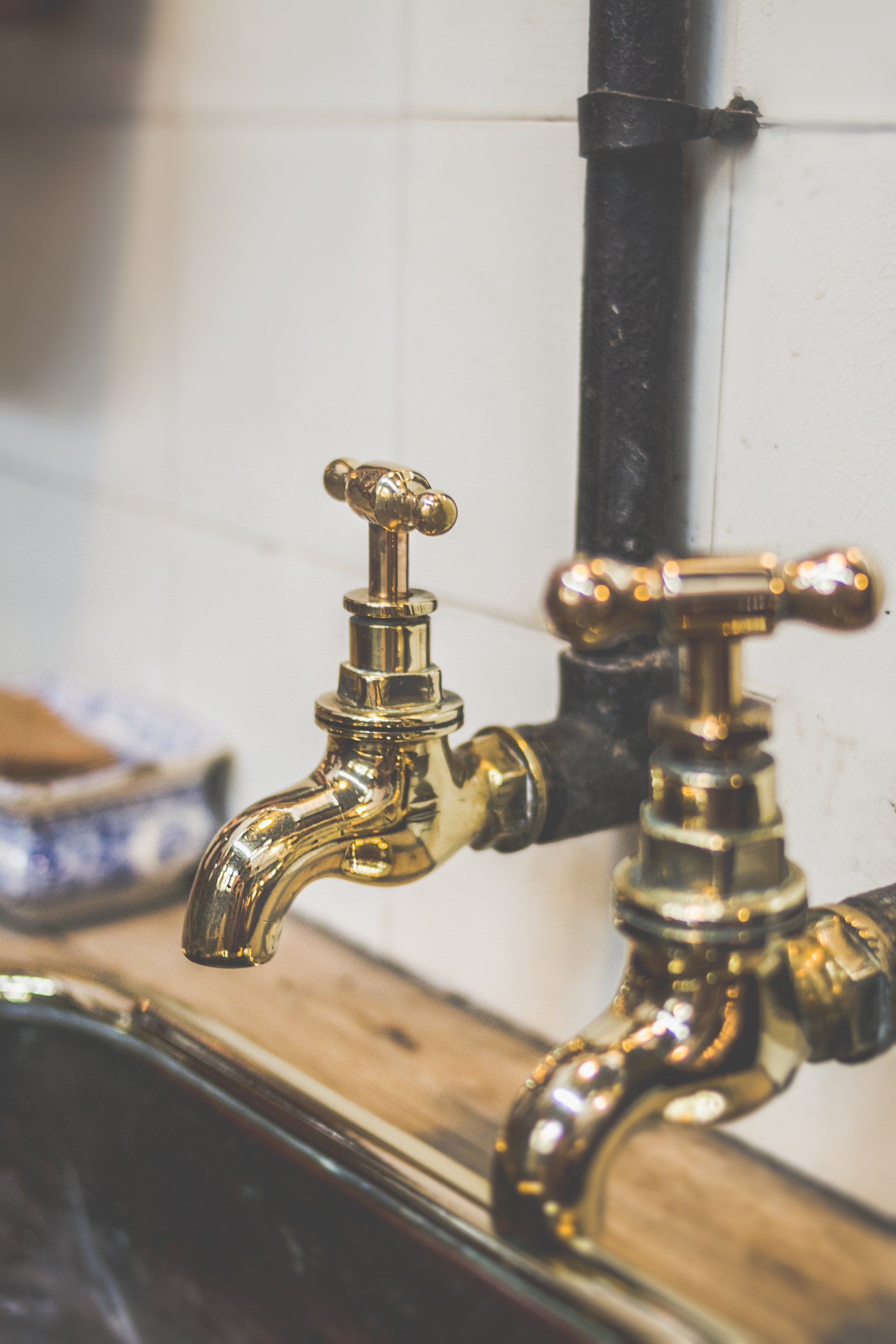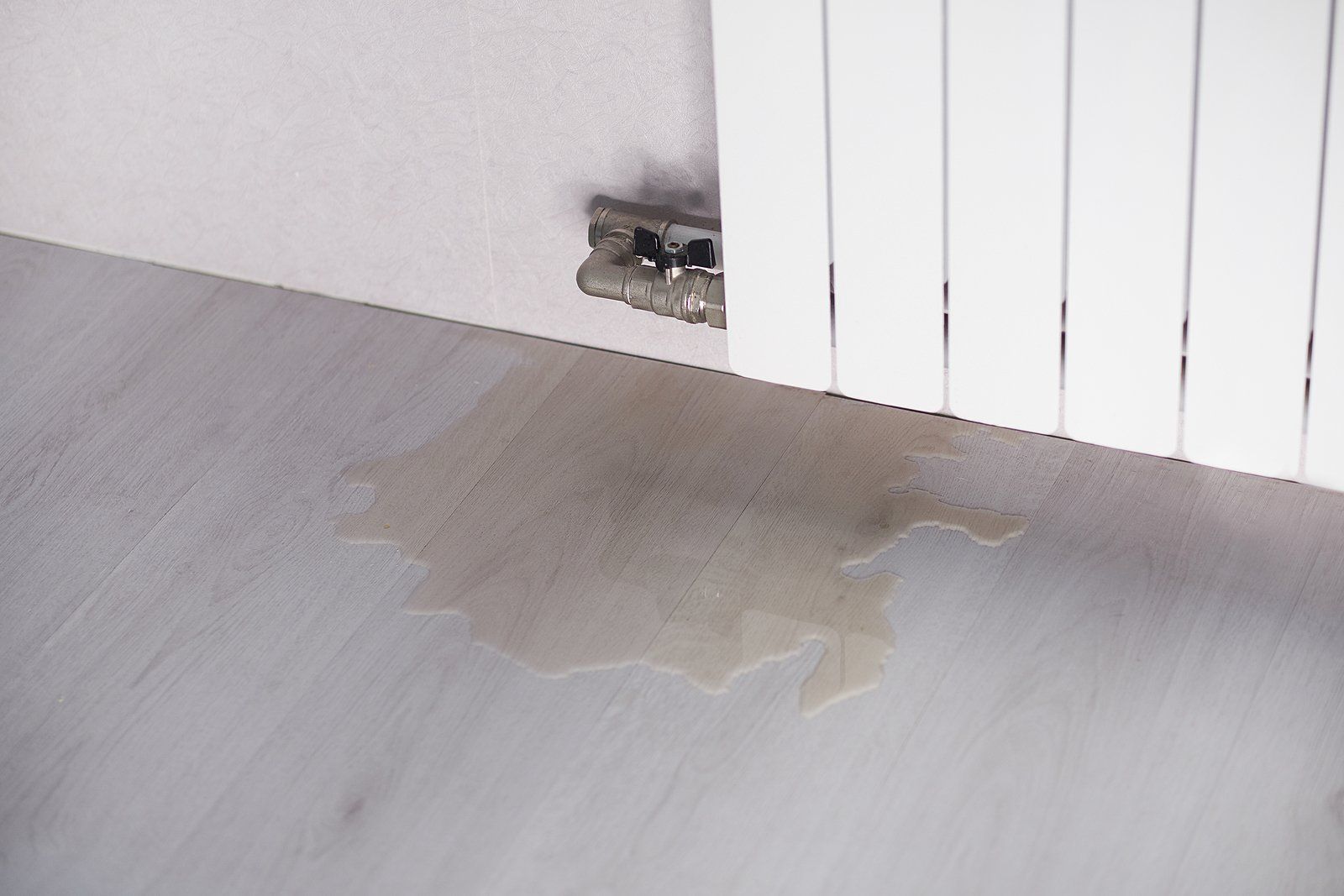3 Common Reasons Your Toilet Won’t Flush Properly
When your toilet fails to flush properly, it can quickly turn from an inconvenience into a major frustration. At Dodson Plumbing, we understand how crucial a fully functioning toilet is to your daily routine. If you're experiencing issues with your toilet, here are three common reasons why it might not be flushing properly and how you can address them.
1. Clogged Drain Line
One of the most common reasons for a toilet not flushing correctly is a clogged drain line. Over time, toilets can become obstructed by various items that should not be flushed, such as wipes, feminine hygiene products, or excessive amounts of toilet paper. When the drain line becomes clogged, water flow is restricted, leading to incomplete flushing or backups.
Solution: To address a clogged drain line, you can try using a plunger to dislodge the blockage. If this does not resolve the issue, you may need to use a toilet auger or call a professional plumber for more advanced techniques. Regular maintenance and avoiding flushing non-flushable items can help prevent future clogs.
2. Faulty Flapper Valve
The flapper valve is a crucial component of your toilet's flushing mechanism. It controls the release of water from the tank into the bowl during a flush. If the flapper valve is damaged or worn out, it can cause weak flushing or incomplete flushing.
Solution: Inspect the flapper valve for signs of wear or damage. If it appears to be faulty, replacing it is usually a straightforward task. You can find replacement flappers at most hardware stores, and installing a new one can restore your toilet's flushing power. Make sure to choose a flapper that is compatible with your toilet model.
3. Low Water Level in the Tank
The water level in the toilet tank is essential for a proper flush. If the water level is too low, there won’t be enough force to push waste through the pipes, leading to weak or ineffective flushing. This issue can be caused by a faulty fill valve or issues with the float mechanism.
Solution: Check the water level in the tank by lifting the lid and observing the water line. The water should be approximately 1 inch below the top of the overflow tube. If it is lower than this, adjust the float mechanism or check the fill valve for issues. If you’re unsure how to make these adjustments, consult the user manual for your toilet or seek assistance from a professional plumber.
Conclusion
A properly flushing toilet is essential for maintaining a comfortable and functional home. By understanding these common issues and their solutions, you can address flushing problems more effectively. If you encounter persistent issues or need professional assistance, Dodson Plumbing is here to help. Our experienced team can diagnose and fix any toilet-related problems quickly and efficiently.
For reliable plumbing services and expert advice, contact Dodson Plumbing today. We’re committed to ensuring your plumbing system operates smoothly, so you can enjoy peace of mind in your home.
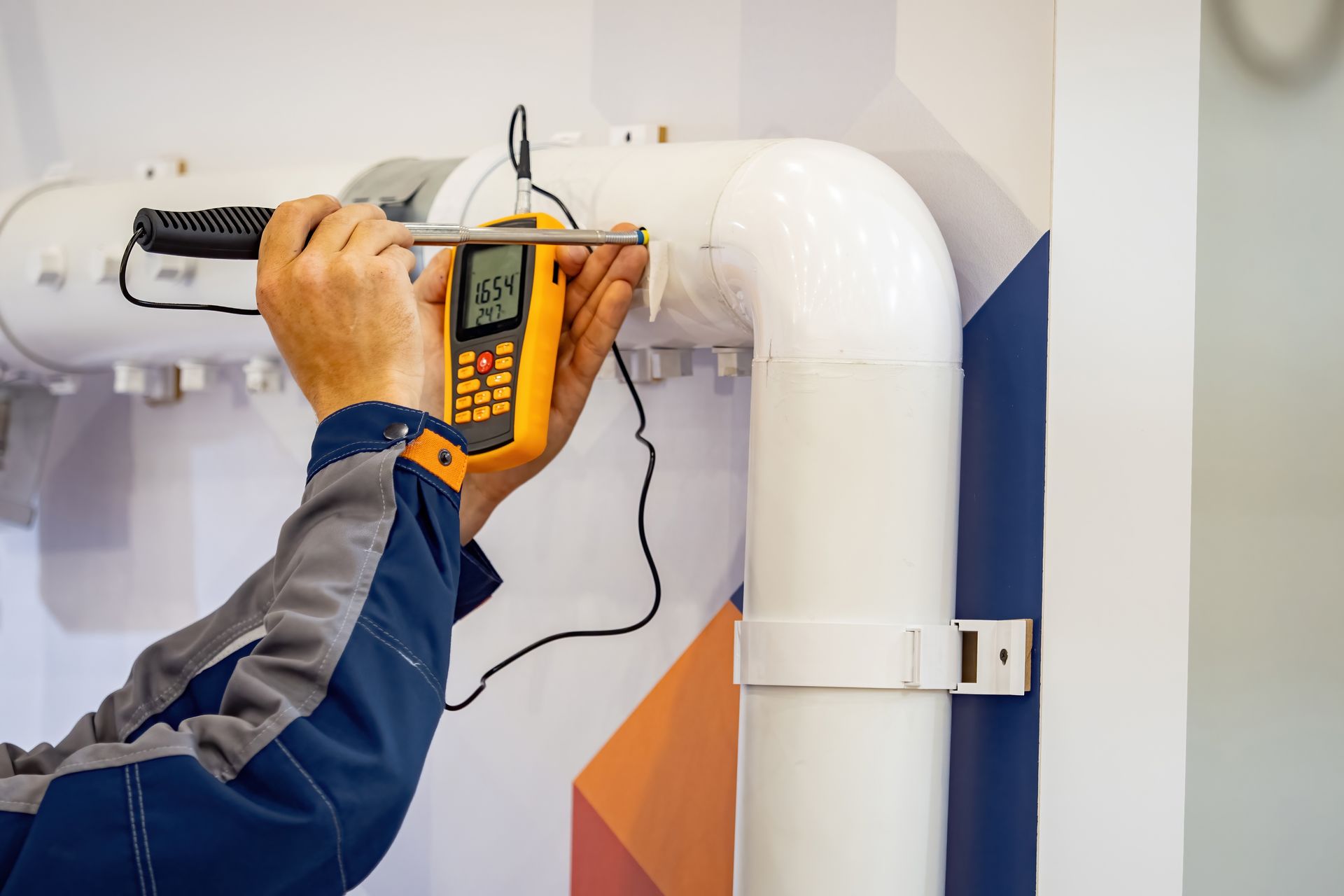
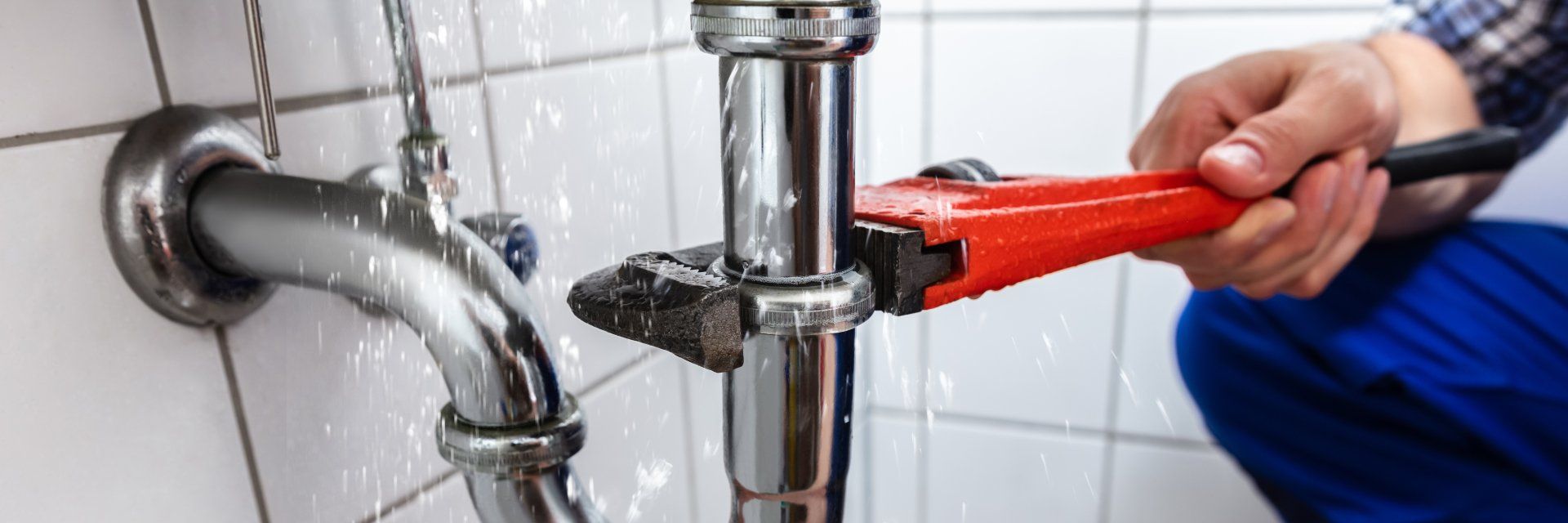
Regulated by the Texas State Board of Plumbing Examiners.
P.O. Box 4200 Austin, Tx, 78765-4200
512-936-5200
tsbpe.texas.gov
Contact Us
Our Services
New Construction
RO Systems
Water Softners
